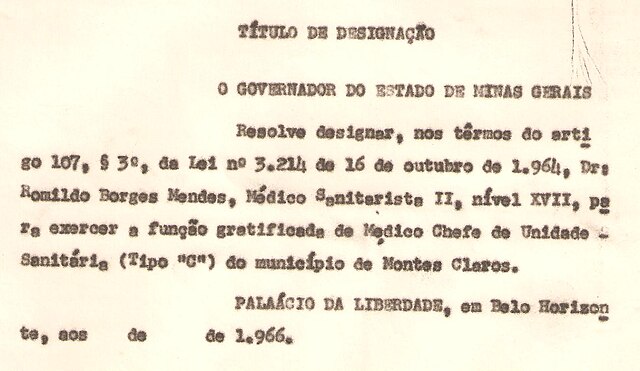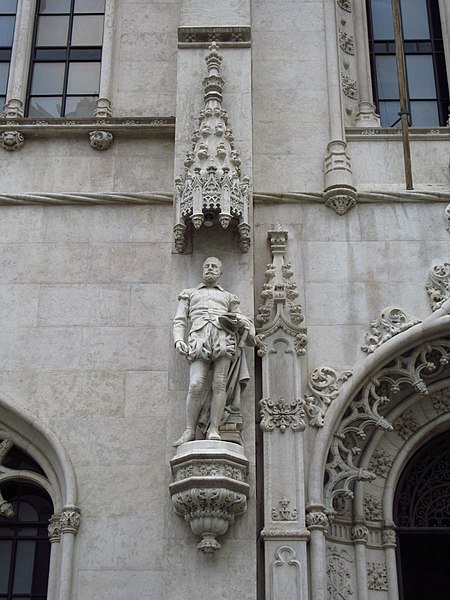Portuguese orthography is based on the Latin alphabet and makes use of the acute accent, the circumflex accent, the grave accent, the tilde, and the cedilla to denote stress, vowel height, nasalization, and other sound changes. The diaeresis was abolished by the last Orthography Agreement. Accented letters and digraphs are not counted as separate characters for collation purposes.
Typewritten text in Portuguese; note the acute accent, tilde, and circumflex accent.
Portuguese is a Western Romance language of the Indo-European language family originating from the Iberian Peninsula of Europe. It is the official language of Portugal, Brazil, Cape Verde, Angola, Mozambique, Guinea-Bissau and São Tomé and Príncipe, and has co-official language status in East Timor, Equatorial Guinea, and Macau. Portuguese-speaking people or nations are known as "Lusophones". As the result of expansion during colonial times, a cultural presence of Portuguese speakers is also found around the world. Portuguese is part of the Ibero-Romance group that evolved from several dialects of Vulgar Latin in the medieval Kingdom of Galicia and the County of Portugal, and has kept some Celtic phonology.
Sign in Japanese, Portuguese, and English in Oizumi, Japan, which has a large lusophone community due to return immigration of Japanese Brazilians.
Multilingual signage in Chinese, Portuguese and English at the Hong Kong–Zhuhai–Macau Bridge port building in Macau. Portuguese is a co-official language in Macau.
Statue of the Portuguese Poet Luís de Camões at the entrance of the Real Gabinete Português de Leitura in Rio de Janeiro.
Museum of the Portuguese Language in São Paulo.





